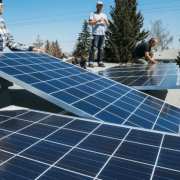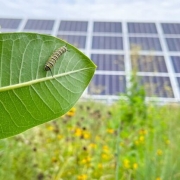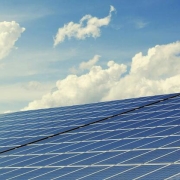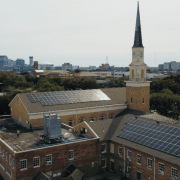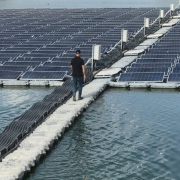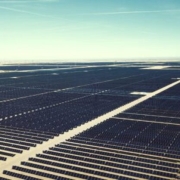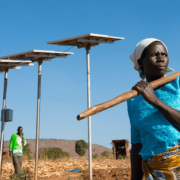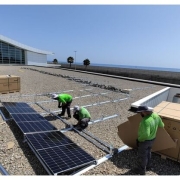Dive Insight:
Rising power bills and falling solar installation costs stand to accelerate residential solar installations in the years to come, according to Enverus.
Technological advances continue to drive down the cost of rooftop solar panels — as they have done in years past, Kang said. Increases in efficiency have decreased the number of panels needed to supplant a household power bill, he said. The residential solar industry could also get a boost from interest rate cuts that began this week.
Click here to read the full article
Source: Utility Dive
—
If you have any questions or thoughts about the topic, feel free to contact us here or leave a comment below.

